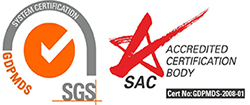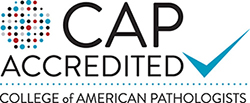- Email:info@hk.cordlife.com
- Customer Service Hotline Hong Kong (852) 3980 2888 Macau (853) 6881 0781 WhatsApp: (852) 9660 1317
- Follow us:


Cordlife is amongst the leading players for private cord blood banking services in all the markets it operates in, namely Singapore, Hong Kong, Malaysia, India, Indonesia and the Philippines. Inhabiting a distinctive niche in the healthcare industry, the Group is one of the foremost private cord blood banks to have gained a solid foothold in Asia.
In the last 21 years, Cordlife has dedicated its undertakings to achieve market leadership in the industry. Having built a distinguished brand name, the Group continues to strive for excellence by means of support from its experienced management team, dynamic key executives along with its quality product and service offerings. Cordlife believes the Group has in place a strong foundation for future expansion.
The collection of cord blood is a safe, painless and simple process that poses no risk to you and your baby.
However, you only have one chance to collect your child's cord blood at birth, so it is important to make an informed decision prior to your delivery date.
Stem cells in your baby’s cord blood have the potential to be used in the treatment of many diseases today. Stem cells could be used to treat haematopoietic and genetic disorders. In a cord blood transplant, stem cells are infused into a patient’s bloodstream where they go to work - healing and repairing damaged cells and tissue. Upon successful engraftment of the stem cells, the patient’s blood and immune system are regenerated.
Treatable Diseases and other Potential Applications of Stem Cells




Follow Us